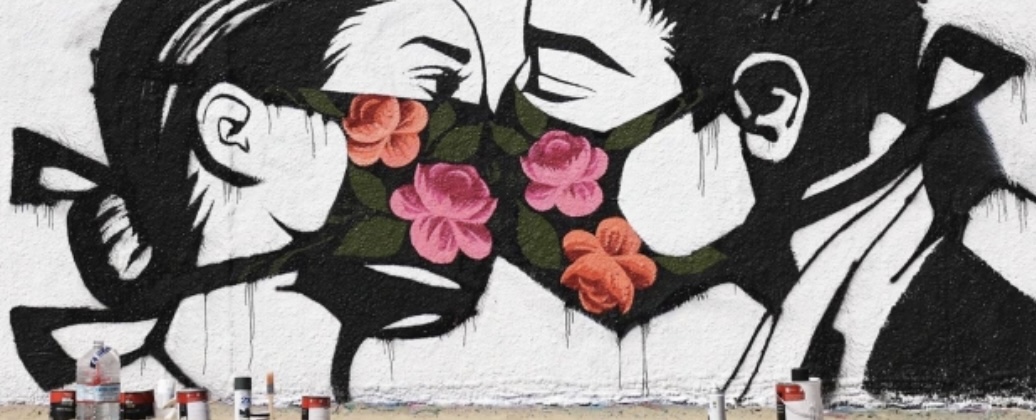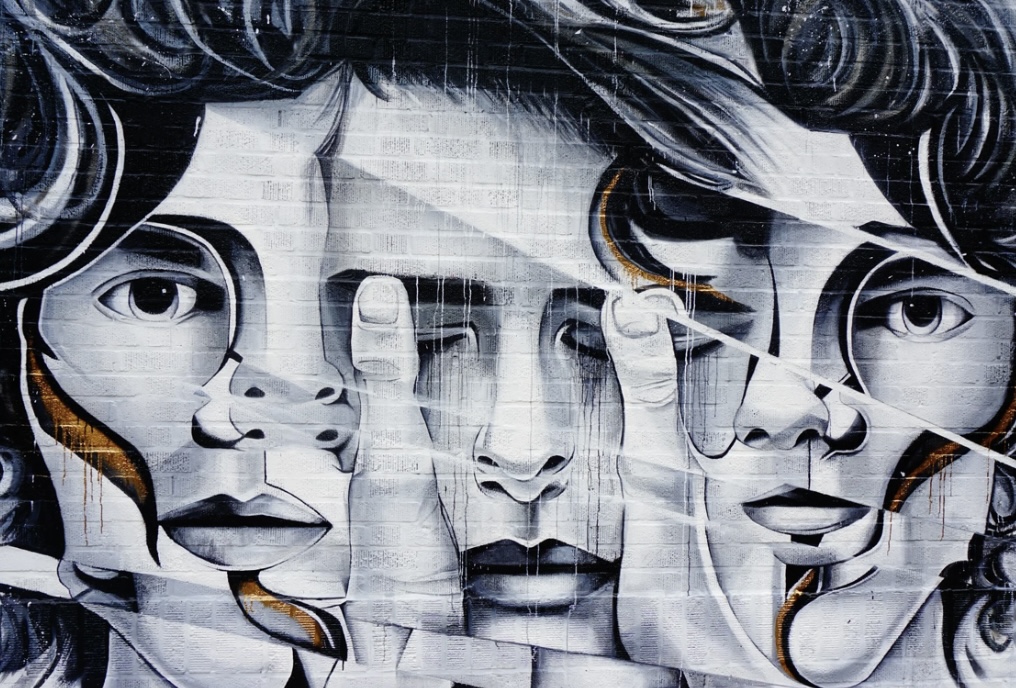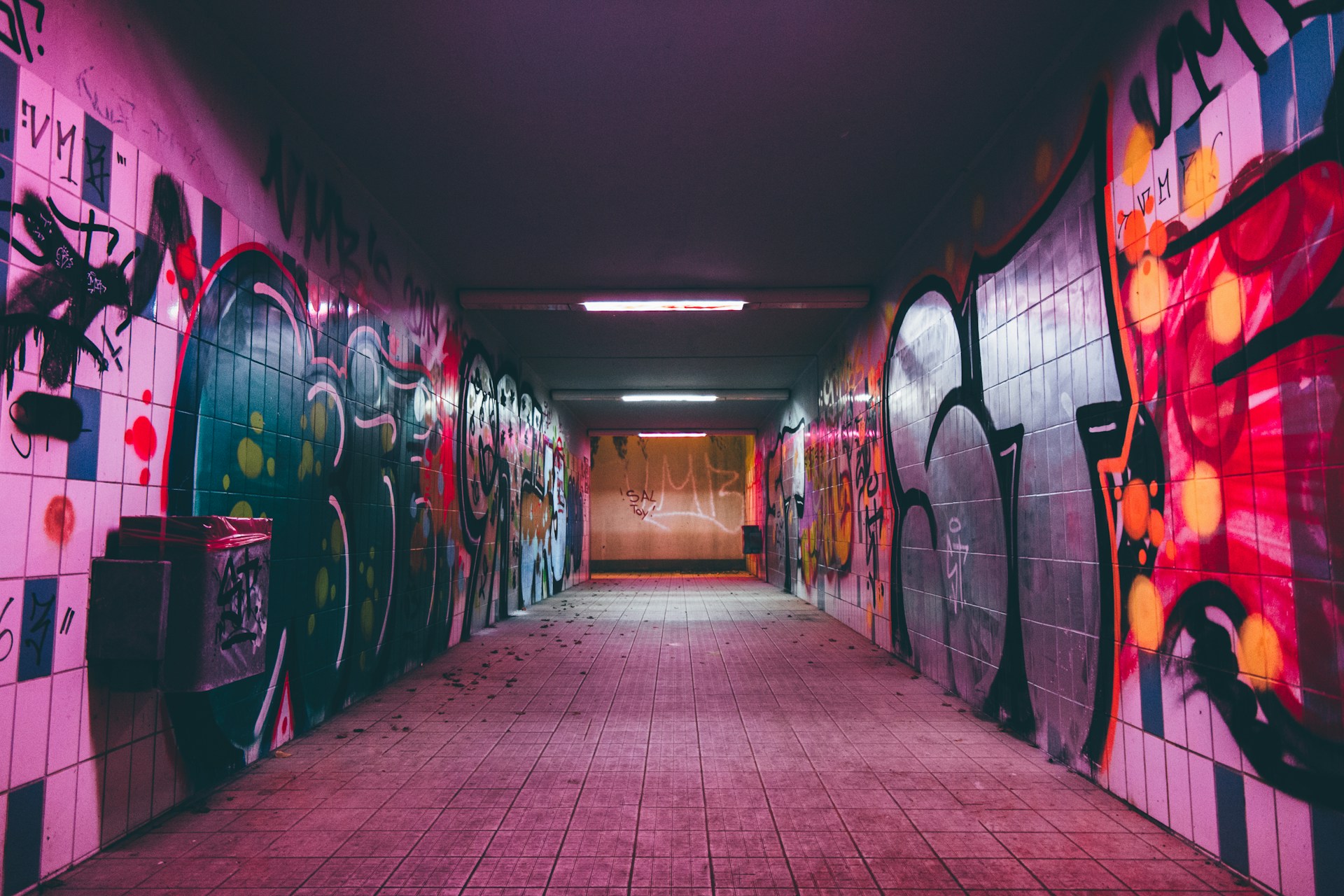By Polina Pallieraki,
In every era, art has been one of the most powerful mirrors of society — sometimes reflecting reality and sometimes revealing what many ignore or refuse to see. Artists, through their creations are not limited to the aesthetic or the entertainment; they act as commentators, awakeners and sometimes as pioneers of social change. Whether it is a song, a painting, a film or a theatrical performance, art has the power to transmit messages, provoke thought and inspire action. It also can serve as a further source of inspiration, forming an everlasting cycle of creation. But how exactly do artists influence society? This article attempts to explore their role as carriers of culture, social criticism and driving force.

- Artists as a mirror of society
Art has the unique ability to capture its era. Through their works, artists record social phenomena, concerns and changes. Whether it is painters depicting the human condition or musicians singing about injustice, art becomes a kind of archive, a living channel between society and its emotions or problems. Artists do not stand as mere observers, with their work, they actively participate in the dialogue that shapes social consciousness. It is very common as well, that art can inspire change and overall a societal “revolution” within the public. It is viewed as a subtle way of change through expression.
- Art as a means of social awakening and protest
Many times, artists become the voice of those who cannot speak. Through creation, they criticize power, highlight social inequalities and challenge the public to reflect on their place in the world. From Brecht’s theater to the street art of modern metropolises, art is used as a tool for protest and change. Artists, therefore, are not only creators; they are also social activists, influencing perceptions and often bringing to light issues that would otherwise remain in the shadows, or even bring up issues that concern them as human beings, for example, war, poverty and psychological issues.

- The positive impact on psychology and social cohesion
Beyond social criticism, artists also contribute significantly to human emotional health. Art offers comfort, inspiration and hope, especially in difficult times. At the same time, it creates communities —people who connect through aesthetic experience or identification with a work. In this way, artists enhance dialogue, empathy and understanding between different groups, building bridges in a world that is often divided due to different languages or beliefs internationally.
In short, artists are not limited to the role of creator, they are carriers of meaning, voices of change and catalysts of social awareness. Through their art, they influence not only the aesthetic perceptions of society but also its values, ideas and behaviors. In a world that is constantly changing, their presence is more necessary than ever, because where speech stops, art begins to speak. And as long as there are artists who create with honesty and passion, society will continue to evolve, with sensitivity, imagination and depth.
References
- Ο ρόλος του καλλιτέχνη και η θέση του στην κοινωνία. Art22.gr. Available here
- “Η τέχνη και ο ρόλος του καλλιτέχνη”. Papatsiros.blogspot. Available here
- Art in Society: The Impact and Influence of Art in Culture and Community. NANCY REYNER. Available here




